Apron slabs play a crucial role in the durability of modern culvert construction. These slabs are concrete structures embedded with 12 mm steel reinforcements and cast using green concrete. Their importance in culvert construction stems from their ability to enhance both the durability and strength of the culvert. Additionally, apron slabs are invaluable during times when flyovers and national highways suffer damage due to natural disasters, as they prevent the culverts beneath the roads from being compromised. This protective function ensures the continued stability and safety of transportation infrastructure during adverse conditions.
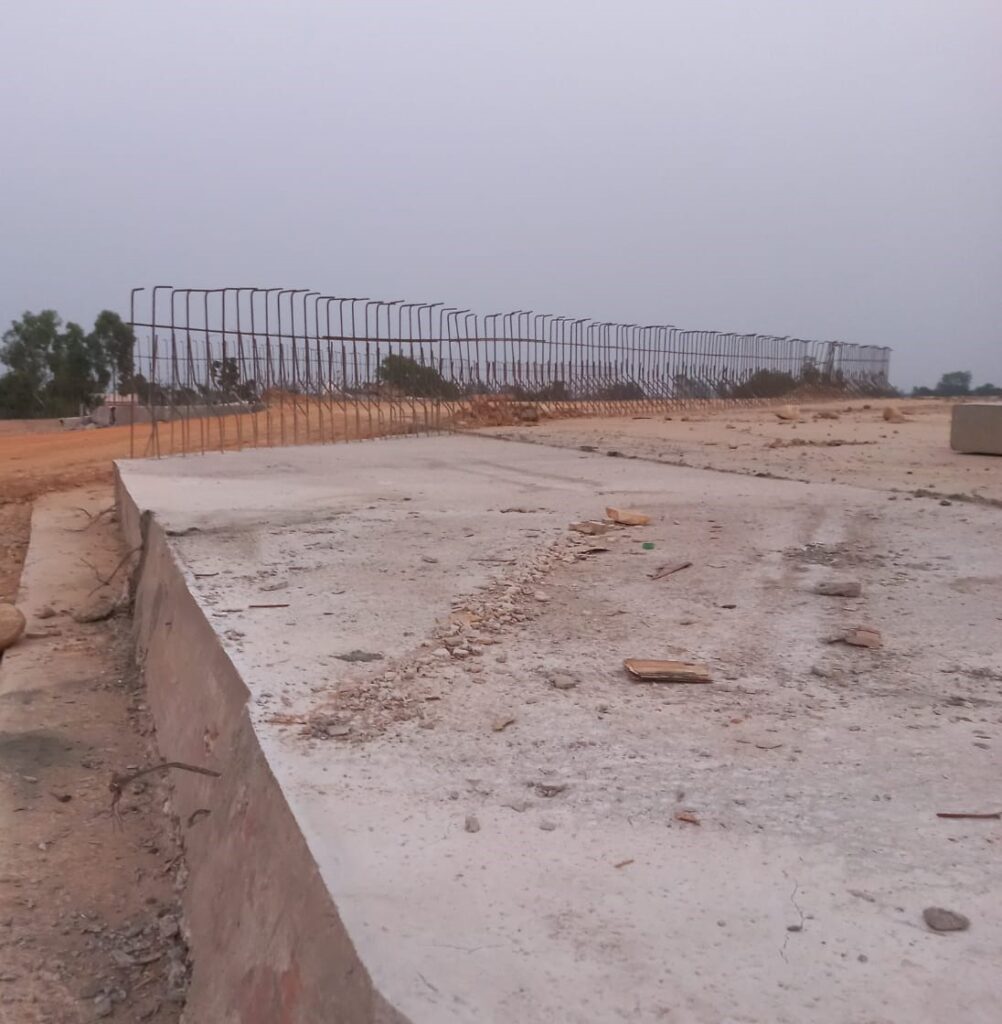
apron slab construction
The construction of apron slabs is very easy and straightforward. It simply involves placing a 12 mm steel structure and green concrete on both the right and left sides of the culvert, according to the length of the culvert. Let’s understand the entire construction process in detail.
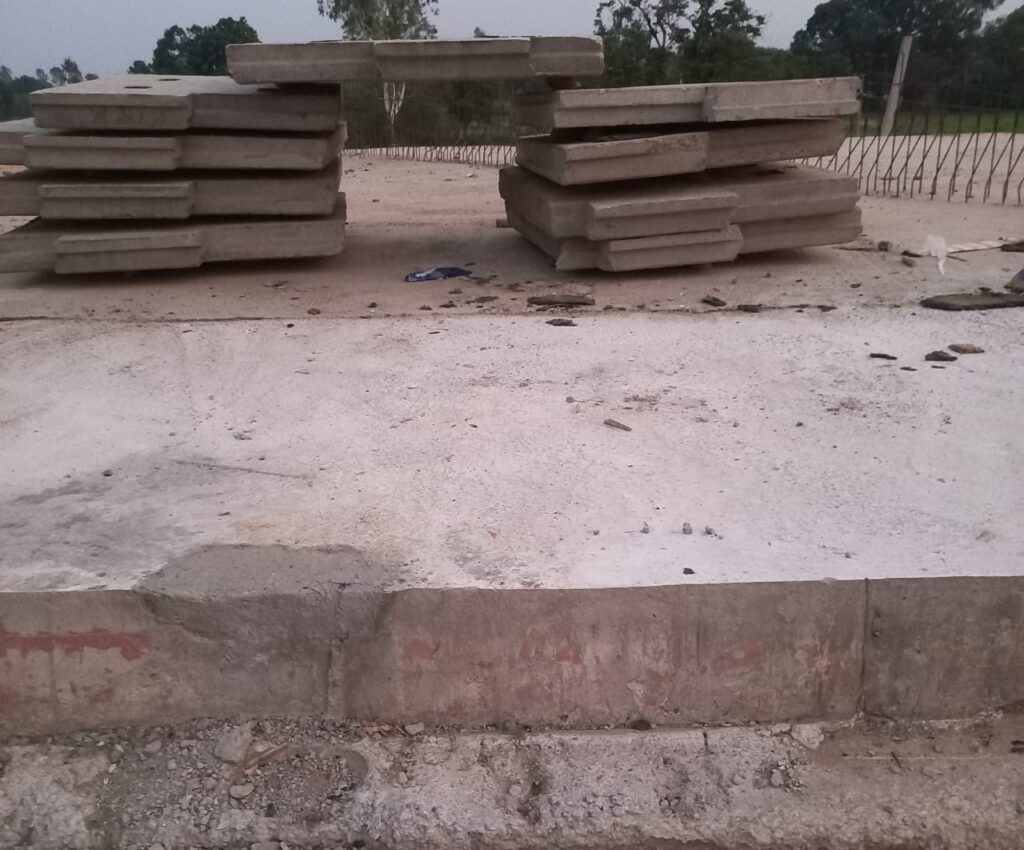
steel formation
Steel formation is the process in which we prepare steel for apron slabs in various lengths and structures. Generally, 12 mm or 8 mm steel is used in apron slabs, but the exact specifications depend on the length and the Bar Bending Schedule (BBS).
Binder formation
After steel casting, the most crucial step in apron slab construction is binder construction. The binder is a long piece of steel that is tied to the other steel components with binding wire before the concrete is poured. This step is essential because it holds the entire steel structure together and provides the apron slab with significant strength.
apron slab concrete
The final process in apron slab construction is concreting. After completing the steel and binder work, stoppers are placed on both sides to secure the structure. Once everything is firmly in place, the concrete is poured, completing the apron slab construction. This results in a strong and durable apron slab.
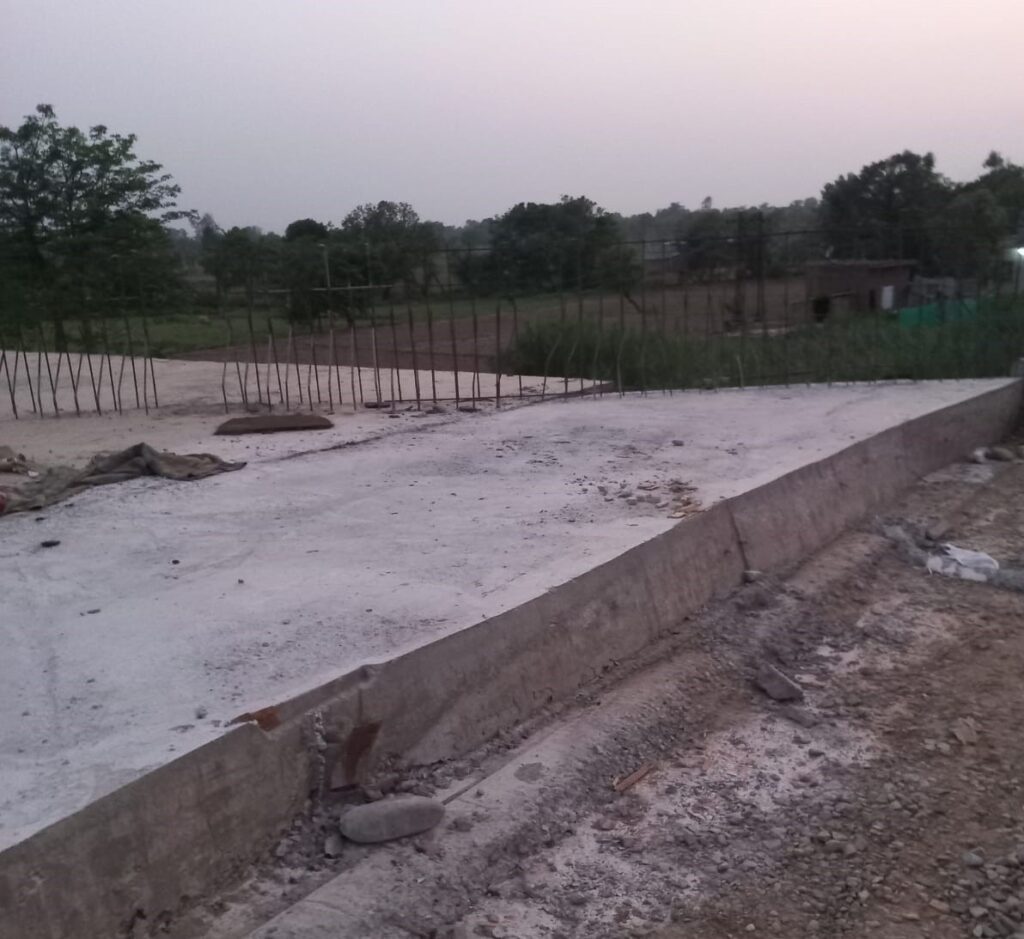
apron slab pictures

apron slabs construction
apron slabs construction images at delhi to katra expressway at ch no. 446+161.

conclusion
Apron slab construction involves several key steps to ensure durability and strength. First, a steel structure, typically using 12 mm or 8 mm steel, is prepared according to the length and Bar Bending Schedule (BBS) of the culvert. Next, binder steel is tied to the structure with binding wire to secure it. Stoppers are then placed on both sides to hold the steel in place. Finally, concrete is poured over the steel framework to complete the apron slab, resulting in a robust and reliable structure.
What materials are used in apron slab construction?
Apron slab construction typically uses 12 mm or 8 mm steel and green concrete to create a durable structure. top and bottom different length of steel use in different structure
Why is binder construction important in apron slabs?
Binder construction is essential as it ties the steel structure together with binding wire, providing the necessary strength and stability to the apron slab.
How is the concrete applied in apron slab construction?
After securing the steel framework with stoppers, concrete is poured over the structure to complete the apron slab, ensuring a strong and durable finish.
why apron slab are essential in culvert construction?
apron slab prevent slab of culvert during natural desaster and heavy rainfall and prevent the underpass and culvert from high flow of water.

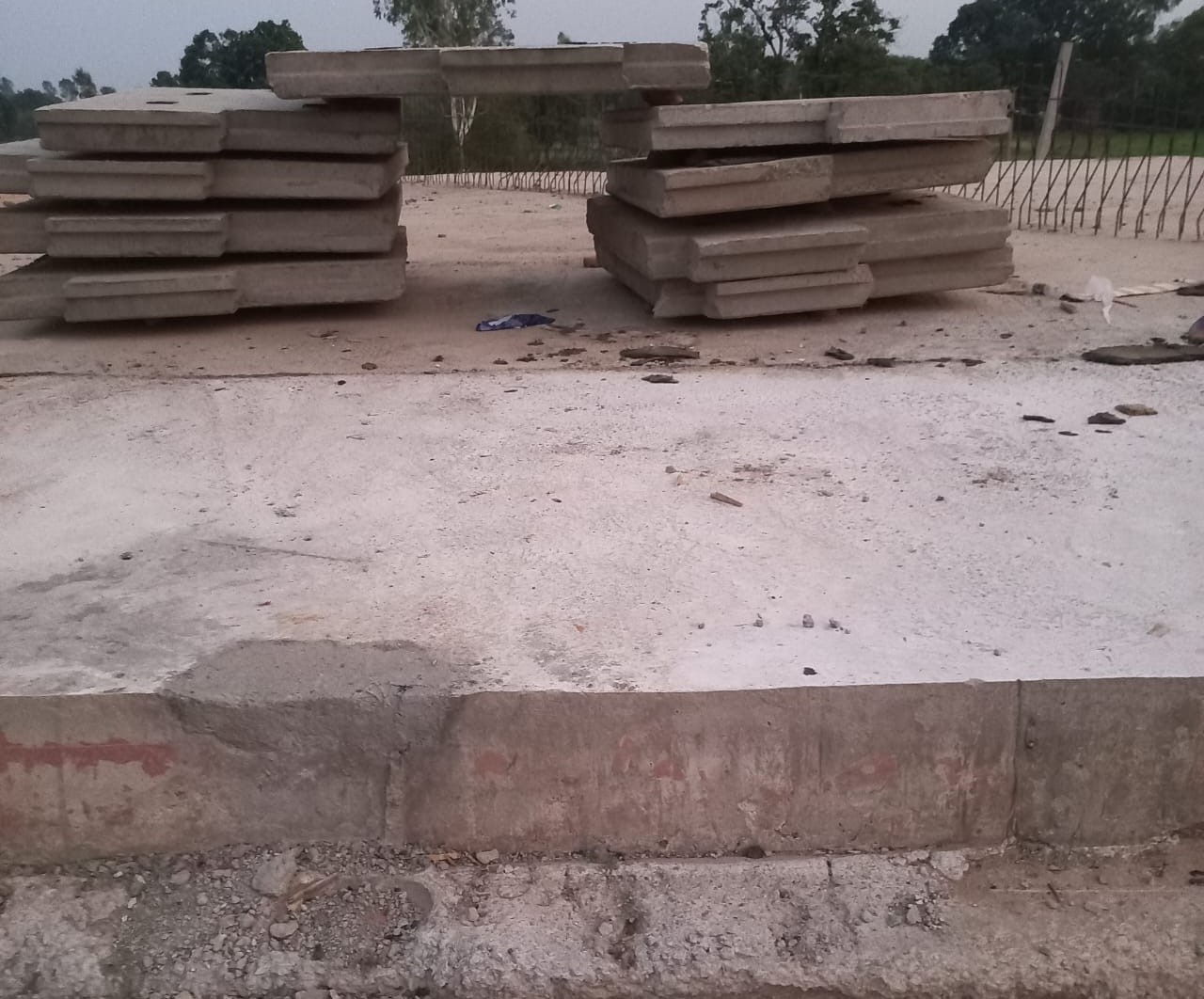
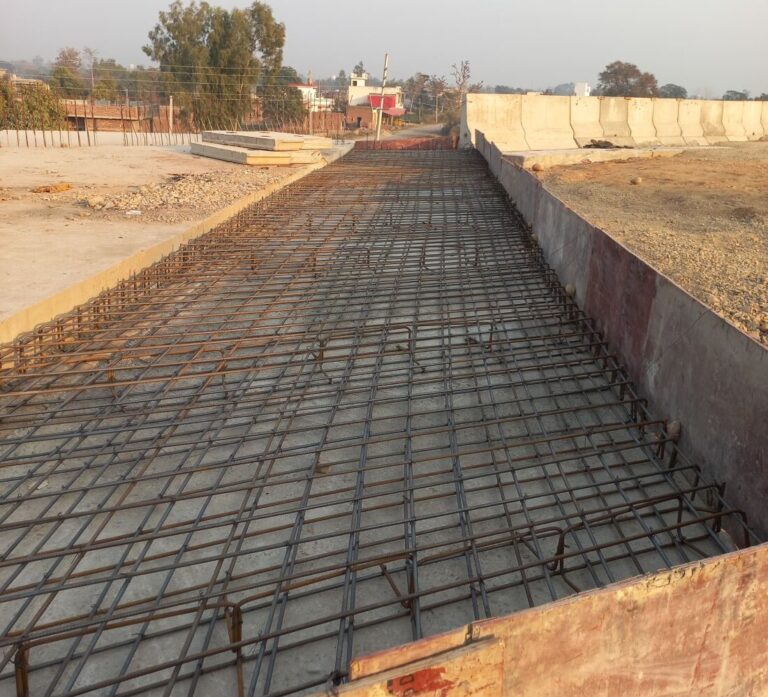
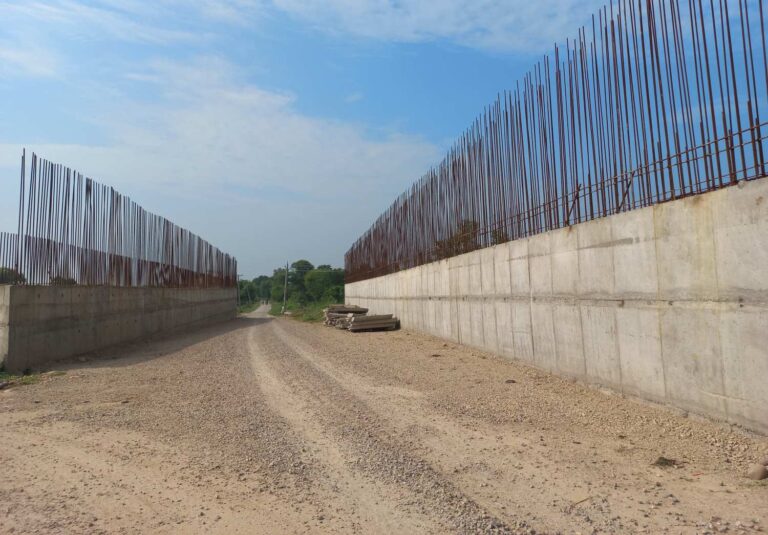
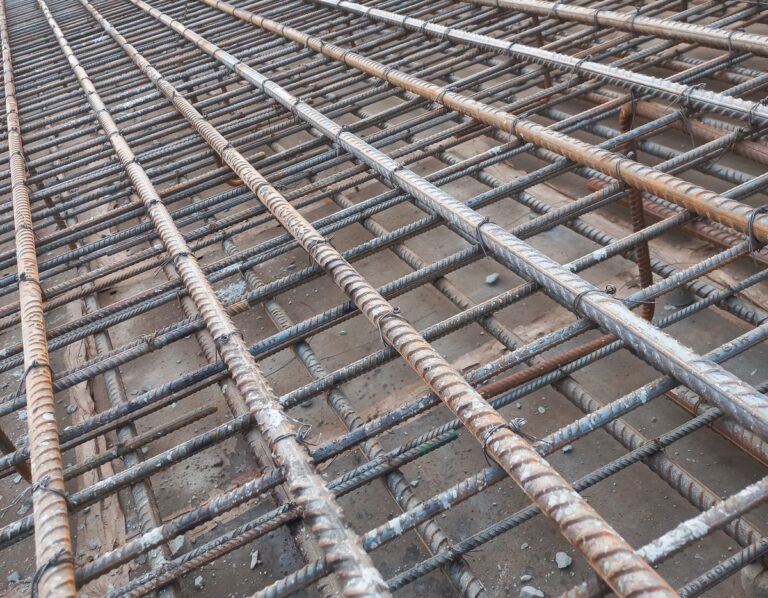




[…] length and breadth of an apron slab depend on the length of the culvert structure and the environmental conditions of the area. Typically, for a culvert with a span of less than 6 […]